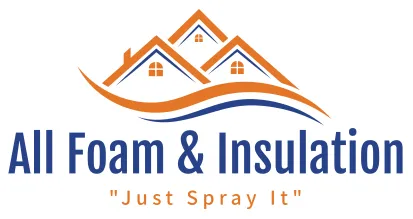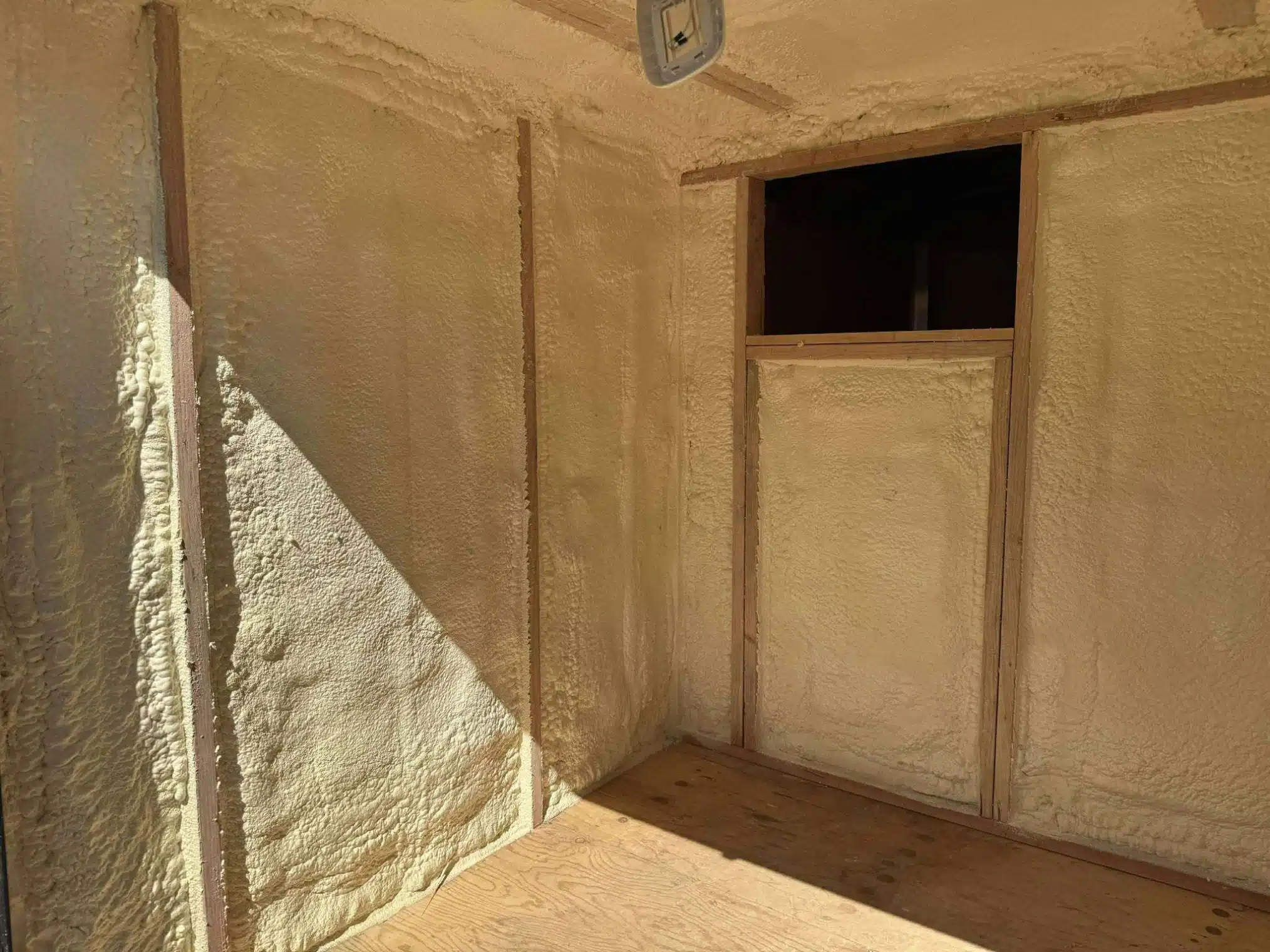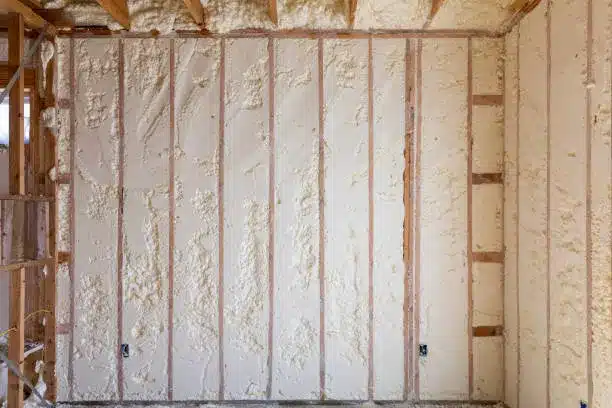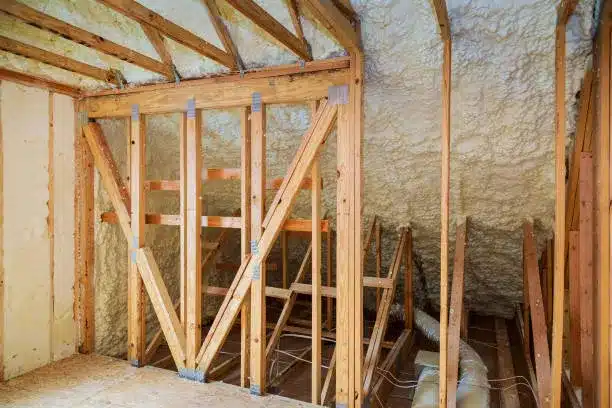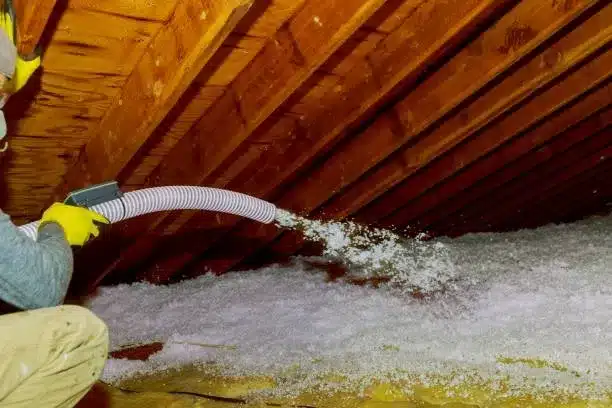A proper insulation system makes a Bend, OR, home feel more solid by blocking heat transfer, sealing air leaks, dampening noise, and stabilizing indoor temperatures so rooms stay consistent without sudden drops or spikes. This creates a sense of steadiness. Insulation also fills gaps in walls and floors to prevent drafts that make structures seem shaky, and it absorbs vibrations from outside sounds, leading to a quieter, more grounded environment.
This article covers the mechanics behind these effects, practical benefits tailored to Bend’s climate, and steps to assess your own home. Readers will gain clear steps to evaluate insulation options and understand long-term impacts on comfort and durability. Information draws from established building science and local experience in Central Oregon’s variable weather.
What Defines a Solid Feeling in a Home
Homes feel solid when they maintain stable conditions inside despite outside changes. In Bend, where winters dip below freezing and summers climb into the 90s, fluctuations test building materials. Insulation counters this by creating a thermal barrier that keeps heat inside during cold snaps and blocks it out in warm spells.
Structure plays a role too. Gaps or thin barriers let air move freely, causing walls to feel thin or hollow. Proper insulation packs materials tightly into cavities, reducing air movement and adding a sense of mass. Sound transmission drops as well, since dense insulation soaks up echoes and rumbles from traffic or wind.
Bonus Tip: Check for cold spots near windows or outlets; these often signal weak insulation that undermines the solid feel.
How Insulation Builds Stability Through Thermal Control
While structure and sound contribute, insulation’s primary role in building solidity begins with effective thermal control. Insulation works by trapping air in materials like fiberglass or foam, which resist heat flow. The R-value measures this resistance—higher numbers mean better performance. In a Bend home, an R-30 attic insulation keeps winter heat from escaping, avoiding the chilly drafts that make rooms feel unstable.
Air sealing complements this. Gaps around pipes or recessed lights allow conditioned air to leak, forcing heating systems to work harder. Sealing these with insulation creates an airtight envelope, so the home holds its internal climate steady. This consistency translates to a solid sensation, as temperatures don’t swing wildly.
Data from the U.S. Department of Energy U.S. Department of Energy indicates that homes with adequate insulation maintain even temperatures, reducing the need for constant adjustments. In Oregon, where heating costs average $1,200 annually for uninsulated homes, proper systems cut bills by up to 20 percent, per state energy reports.
Sound and Vibration Reduction for Added Solidity
Beyond temperature, insulation quiets a home. Bend’s windy conditions and nearby highways send noise through thin walls. Fiberglass batts or spray foam insulation fill voids and break sound waves, dropping decibel levels inside.
Vibrations from settling foundations or expanding materials also fade. Dense insulation acts as a buffer, preventing the creaks and rattles that signal instability. Homeowners notice this as a calmer space where everyday noises don’t amplify.
A study by the National Institute of Building Sciences National Institute of Building Sciences shows that insulated walls reduce sound transmission by 50 percent compared to bare studs. This effect grows in multi-story Bend homes, where footsteps from above feel less jarring.
Bonus Tip: Test sound by clapping near exterior walls; excessive echo points to insulation gaps worth addressing for that solid vibe.
Regional Factors in Bend, OR
These regional factors directly influence how insulation contributes to a home’s solid feel by addressing specific environmental stresses. Bend sits at 3,600 feet elevation with a semi-arid climate—cold nights year-round and intense sun exposure. Insulation must handle freeze-thaw cycles that crack unprotecting materials. Local codes require R-38 in attics to combat heat loss, but many older homes fall short.
Foam insulation suits Bend’s dry air, as it doesn’t absorb moisture like some fibers. This prevents mold in crawl spaces, a common issue during rainy seasons. By stabilizing humidity alongside temperature, insulation keeps the home feeling robust against Oregon’s weather shifts.
Market facts highlight the need: Oregon homes lose 25 percent of energy through poor insulation. driving up costs in high-elevation areas like Bend.
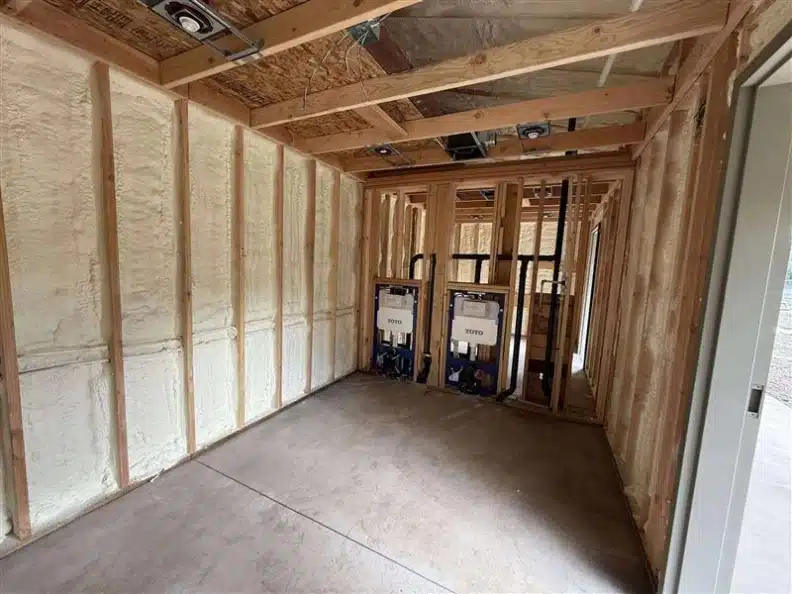
| Insulation Type | R-Value per Inch | Sound Reduction (STC Rating) | Best for Bend Climate |
|---|---|---|---|
| Fiberglass Batts | 3.1-4.3 | 35-45 | Walls and attics; affordable for retrofits |
| Spray Foam (Closed-Cell) | 6.5-7.0 | 45-55 | Air sealing in basements; resists moisture |
| Cellulose Blown-In | 3.2-3.8 | 40-50 | Attics and floors; eco-friendly fill for irregular spaces |
| Rigid Foam Boards | 4.0-6.5 | 30-40 | Exterior sheathing; adds rigidity to frames |
This table compares common types, showing how each contributes to solidity via thermal and acoustic properties.
Things to Consider Before Making a Decision
Building on earlier checks for cold spots, assess current insulation levels first. Pull back a small wall section or use a meter to measure R-value. Bend’s building codes set minimums, but aim higher for comfort in variable weather.
Factor in home age and layout. Pre-1980s structures often lack modern barriers, leading to drafts. Consider energy audits to spot leaks—tools like blower doors reveal hidden issues.
Budget for materials and labor. Initial costs range from $1.50 to $3 per square foot, but long-term savings on utilities offset this. Weigh DIY options against professional installs for safety, especially with attics or electrical.
Look at environmental impact. Recycled-content insulation reduces waste, aligning with Bend’s sustainability focus. Ensure materials meet fire codes to avoid risks in wooded areas.
Bonus Tip: Map your home’s trouble spots seasonally—note where cold air enters in winter versus heat in summer—to prioritize insulation upgrades.
Common Questions
Does Insulation Improve the Durability of My Home?
Many Bend homeowners wonder about insulation’s role in durability. It doesn’t directly strengthen frames but prevents moisture damage that weakens wood over time. Expect it to extend material life by blocking condensation.
Can I Handle Insulation Installation Myself?
Others ask about DIY feasibility. Basic attic top-ups work, but wall cavities require pros to avoid compression or safety hazards. Always vent properly to prevent trapped heat.
Will Insulation Help With Noise Reduction?
Noise complaints arise too. Insulation cuts external sounds but won’t eliminate internal ones; pair it with sealing for best results. These points connect to the specific questions homeowners often raise about insulation in Bend homes.
Key Takeaways
Proper insulation delivers solidity through steady temperatures, quiet spaces, and sealed structures. In Bend, it tackles cold winters and warm days head-on, cutting energy use and enhancing comfort. Evaluate your home’s current setup against these factors to spot improvements. Consider local climate demands and long-term costs when planning changes—match solutions to your specific needs and goals for lasting results.
Next Steps for Your Bend Home
Contact All Foam & Insulation, LLC at (541) 826-9600 to discuss insulation assessments. Professionals can inspect your setup and suggest targeted fixes based on Bend’s conditions. Take time to review options and gather quotes before proceeding. This ensures choices fit your home’s unique layout and budget effectively.
Questions Homeowners Often Ask
Does Insulation Affect Home Value in Bend?
Yes, updated insulation boosts resale appeal. Appraisers note energy efficiency, and in Bend’s market, efficient homes sell 5-10 percent faster, based on local real estate data.
How Long Does Proper Insulation Last?
Quality installs endure 20-50 years. Fiberglass holds up well in dry Bend air, while foam resists settling. Regular checks for compaction keep performance steady.
Can Insulation Fix Uneven Floors?
It helps indirectly by stabilizing temperatures that cause material shifts. For structural issues, consult engineers—insulation alone won’t level foundations.
Is Spray Foam Better Than Traditional Options?
It seals better for air tightness, ideal for Bend’s drafts. However, cost twice as much; use where leaks persist. Traditional batts suffice for standard needs.
How Do I Know If My Insulation Is Adequate?
Feel for temperature differences room-to-room or use infrared cameras. If bills rise unexpectedly, an audit confirms if R-values meet local standards.
Sources
- U.S. Department of Energy – Government resource on insulation benefits, including thermal performance and energy savings.
- National Institute of Building Sciences – Research organization providing data on building acoustics and insulation’s role in sound control.

